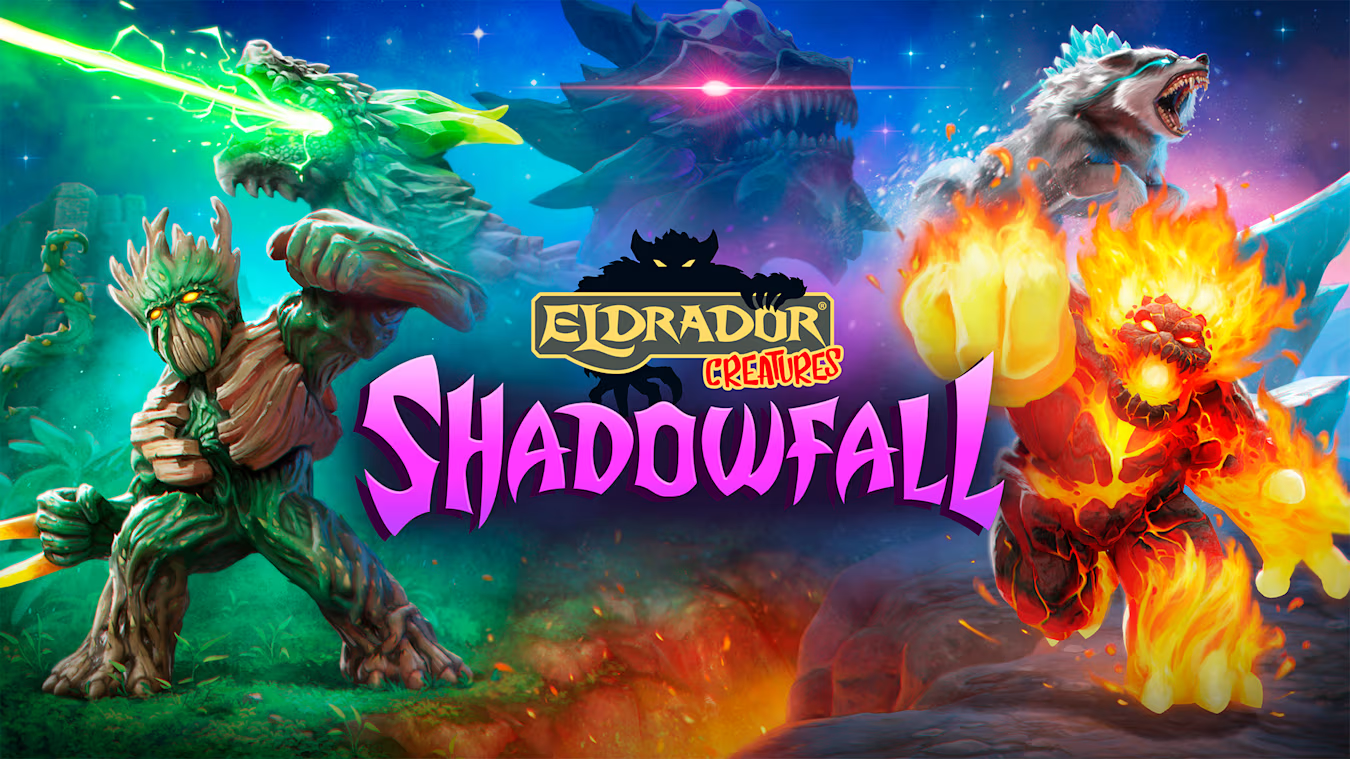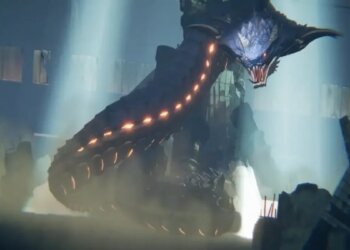While Nintendo remains tight-lipped about the nitty-gritty details of the Nintendo Switch 2’s CPU and GPU, simply labeling them as a “Custom processor made by NVIDIA,” there’s certainly more to discover. Recently, at a developer roundtable, we had the chance to dig a little deeper into what makes the hardware of this new console tick and how game developers might benefit from it.
The session featured insights from producer Kouichi Kawamoto, technical director Tetsuya Sasaki, and director Takuhiro Dohta. Thanks to interpreter Raymond Elliget, the press was able to engage with these creators about the Switch 2. “Our focus isn’t so much on disclosing specs, but rather on the value we bring to users,” Sasaki explained. Still, they shared intriguing tidbits about the system’s capabilities.
Our discussions illuminated some of the cutting-edge technologies Nintendo is using, even touching on aspects not explicitly listed in official specifications. Here’s a closer look at what we uncovered:
### DLSS and Ray Tracing: A Leap Forward
By aligning with Nvidia, Nintendo is tapping into some powerful tech, specifically DLSS. Dohta confirmed that DLSS upscaling technology will be part of the package, offering developers the flexibility to achieve stunning visuals at resolutions up to 4K on TV. Whether devs choose to render natively or upscale, this tech offers creative freedom. Additionally, the chip’s capacity for hardware ray tracing presents another exciting opportunity for developers looking to push visual boundaries.
### Battery Life Dynamics
Officially, the Switch 2 boasts a 5220 mAh battery, promising anywhere from 2 to 6.5 hours on a single charge. However, the team steered clear of pinning down exact numbers, with Sasaki noting the substantial impact of game choice and usage conditions. Dohta pointed out that new features, like GameChat, introduce complexities, creating an even broader range for battery life estimates compared to the original model.
### Emulating Classic Fun
Backward compatibility is handled through emulation, much like Xbox’s approach. When asked about bringing old favorites from the original Switch and even GameCube classics to the new console, Sasaki described it as a “software-based” solution to handle the task.
### Better Bluetooth for Seamless Connectivity
Connecting multiple Bluetooth devices was a hurdle for the original Switch, but the Switch 2 promises improvements. With the new Joy-Cons relying on Bluetooth 3.0 and enhancements made to antenna design and positioning, Sasaki assured that gamers can expect more reliable connectivity.
### LCD Makes its Mark
The Switch 2 showcases a 7.9-inch LCD with HDR support. While some might view moving from OLED back to LCD as a step back, Sasaki emphasized advancements in LCD tech. Kawamoto added that unlike the previous OLED screen, this new display does offer HDR, marking a clear distinction in visual capabilities.
### Versatile USB-C Ports
CNET’s Scott Stein inquired about the potential for using external displays via the console’s USB-C ports. According to Kawamoto, only the bottom port is equipped to support video out. Demonstrations showed the top port supporting the new Nintendo Switch 2 camera and providing additional charging capabilities when in tabletop mode.
Through these promising developments, the Nintendo Switch 2 is shaping up to offer an impressive balance of innovation and player-centric features, ensuring an exciting leap forward for both developers and gamers alike.









































